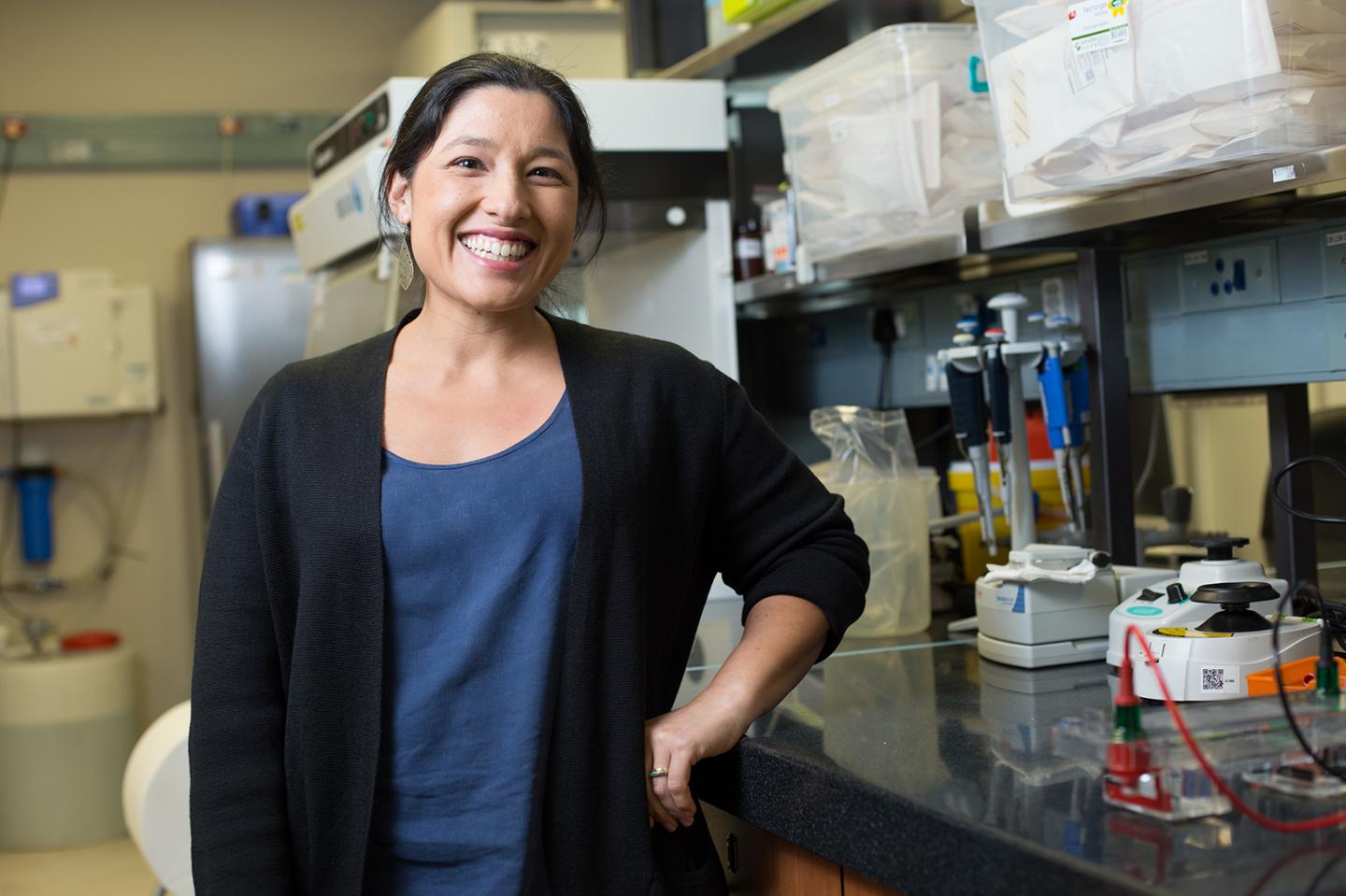BIRMINGHAM, Ala. – A comprehensive health-screening program in rural northern KwaZulu-Natal, South Africa, has found a high burden of undiagnosed or poorly controlled non-communicable diseases, according to a study published in The Lancet Global Health.
Researchers found that four out of five women over the age of 30 were living with a chronic health condition, and that the HIV-negative population and older people — especially those over 50 — bore the higher burden of undiagnosed or poorly controlled non-communicable diseases such as diabetes and hypertension.
The study was co-led by Emily Wong, M.D., a resident faculty member at the Africa Health Research Institute, or AHRI, in Durban, KwaZulu-Natal, South Africa. Wong is also an assistant professor in the Division of Infectious Diseases, University of Alabama at Birmingham Department of Medicine and an associate scientist in the UAB Center for AIDS Research.
“The data will give AHRI researchers and the Department of Health critical indicators for where the most urgent interventions are needed,” Wong said. “The research was done before COVID-19, but it has highlighted the urgency of diagnosing and treating people with non-communicable diseases — given that people with uncontrolled diabetes and hypertension are at higher risk of getting very ill with COVID.”
Durban lies in the worldwide epicenter for HIV-associated tuberculosis infections. Wong works there to understand the impact of HIV infection — the virus that causes AIDS — on tuberculosis pathogenesis, immunity and epidemiology. She collaborates closely with another UAB researcher who also works at AHRI, Andries “Adrie” Steyn, Ph.D., professor in the UAB Department of Microbiology.
“We are working hard to strengthen ties and collaborations between the two institutions and create a UAB-AHRI Tuberculosis Center that further facilitates multi-disciplinary collaborations,” Wong said. Wong joined UAB last year, and she will spend about 80 percent of her time at AHRI and 20 percent at UAB when travel resumes from its COVID-19 hiatus.
As background to the study, 15 years of intense public health efforts that increased access to anti-retroviral therapy in sub-Saharan Africa has beneficially decreased mortality from AIDS and increased life expectancy. As a result, there is an increasing priority to address other causes of disease, including tuberculosis and non-communicable diseases.
In the 18-month Lancet Global Health study, health workers screened 17,118 people age 15 years and older via mobile camps within 1 kilometer of each participant’s home in the uMkhanyakude district. They found high and overlapping burdens of HIV, tuberculosis, diabetes and hypertension among men and women.
While the HIV cases were, for the most part, well diagnosed and treated, some demographic groups, including men in their 20s and 30s, still had high rates of undiagnosed and untreated HIV. The majority of people with tuberculosis, diabetes or hypertension were either undiagnosed or not well controlled. Tuberculosis remains one of the leading causes of death in South Africa, and the high rates of undiagnosed and asymptomatic tuberculosis that health workers found is a concern.
“Our findings suggest that the massive efforts of the past 15 years to test and treat for HIV have done very well for that one disease,” Wong said. “But in that process, we may have neglected some of the other important diseases that are highly prevalent.”
The mobile camps screened for diabetes, high blood pressure, nutritional status (obesity and malnutrition), and tobacco and alcohol use, as well as HIV and tuberculosis. The tuberculosis screening component included high-quality digital chest X-rays and sputum tests for people who reported symptoms or had abnormal X-rays. Clinical information was layered onto 20 years of population data from AHRI’s health and demographic surveillance research. Through a sophisticated data system and the use of artificial intelligence to interpret the chest X-rays, AHRI’s clinical team examined the information in real time and referred people to the public health system as needed.
Researchers found that:
- Half of the people 15 years or older had at least one active disease, and 12 percent had two or more diseases. The incidences of diabetes and high blood pressure were 8.5 percent and 23 percent, respectively.
- One-third of the people were living with HIV, but this was mostly well diagnosed and treated. Women bore a particularly high burden of HIV, high blood pressure and diabetes.
- For tuberculosis, 1.4 percent of the people had active disease, and 22 percent had lifetime disease. About 80 percent of the undiagnosed tuberculosis was asymptomatic, and men had higher rates of active tuberculosis.
Researchers also identified several disease patterns by geographical location — for example, the highest burden of HIV was seen near main roads, while higher rates of tuberculosis and non-communicable diseases were seen in more remote areas.
###
Wong is corresponding author of the study “Convergence of infectious and non-communicable disease epidemics in rural South Africa: a cross-sectional, population-based multimorbidity study,” and there are 30 co-authors.
Support came from Wellcome Trust grant 201433/Z/16/Z, Bill & Melinda Gates Foundation grant OPP1175182, the South African Department of Science and Innovation, the South African Medical Research Council, and the South African Population Research Infrastructure Network. Support also came from National Institutes of Health grants AI118538 and TW011687, the United Kingdom Medical Research Council, the United Kingdom Department for International Development, the South African Research Chairs Initiative, the Victor Daitz Foundation, and the Sub-Saharan African Network for Tuberculosis and HIV Research.












































